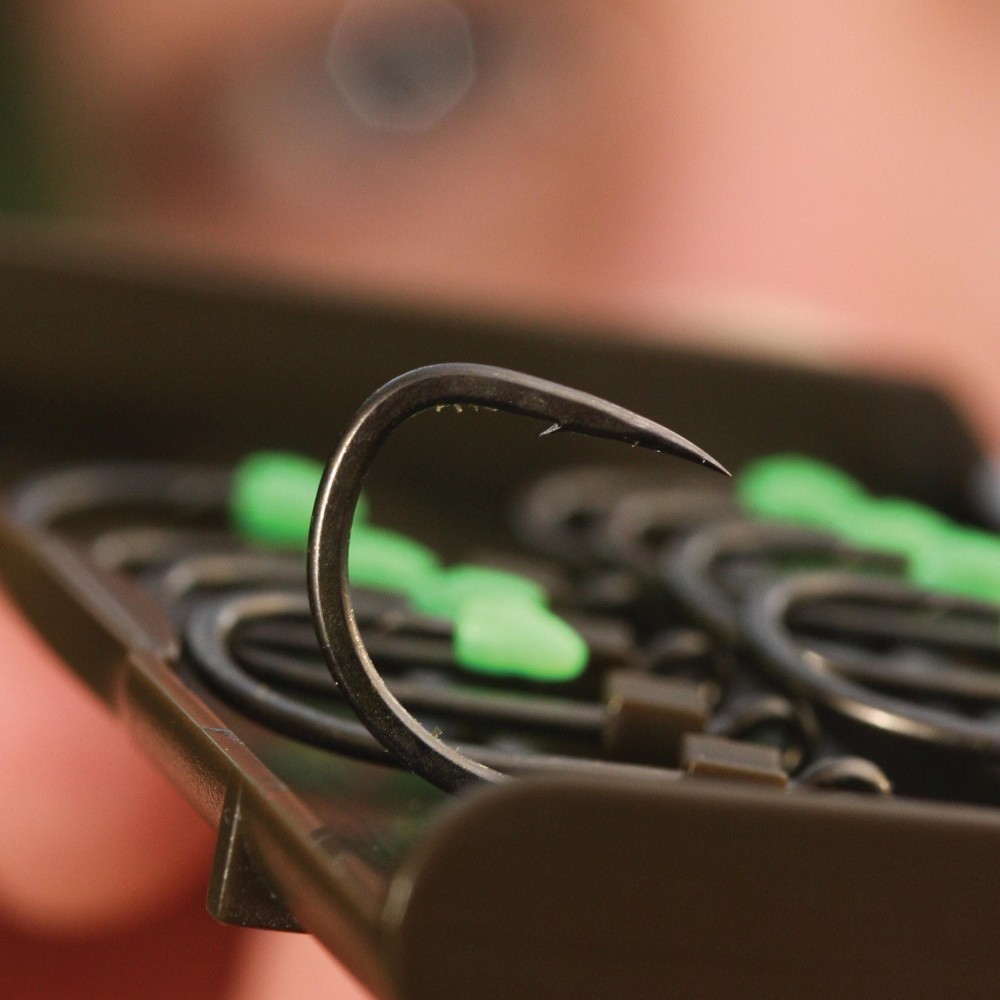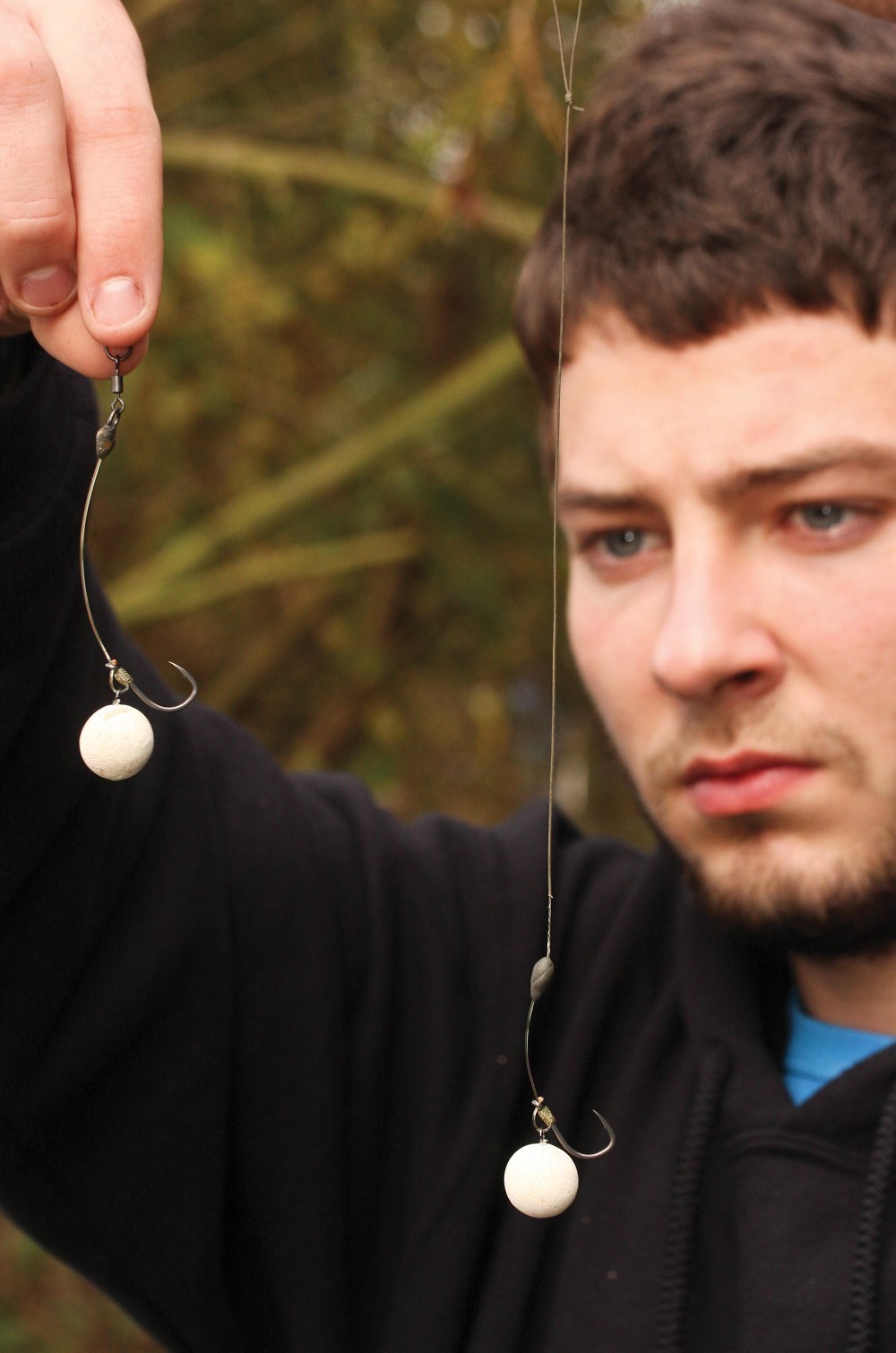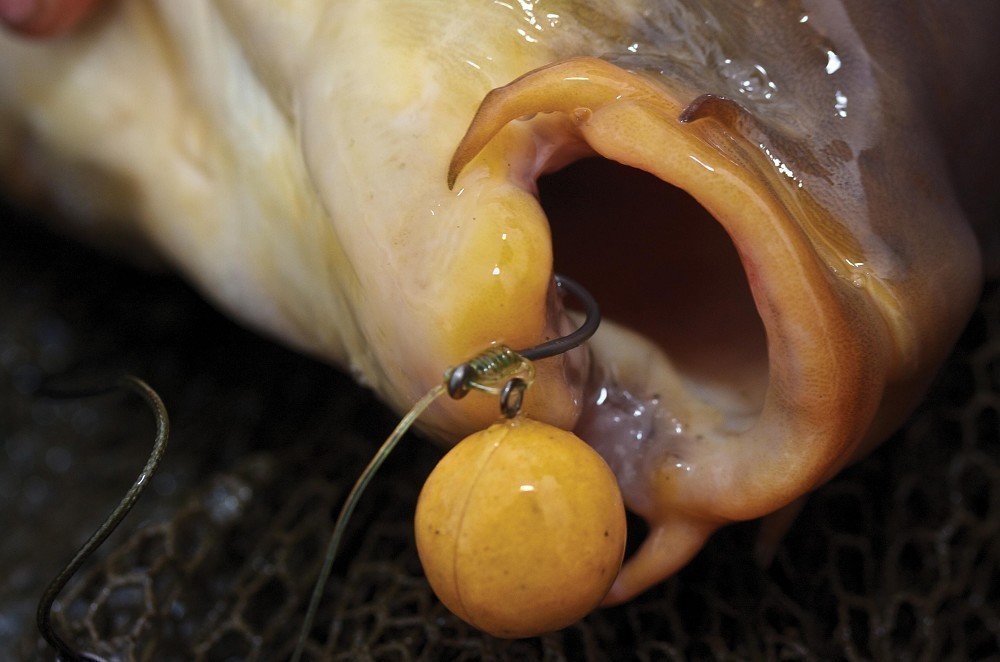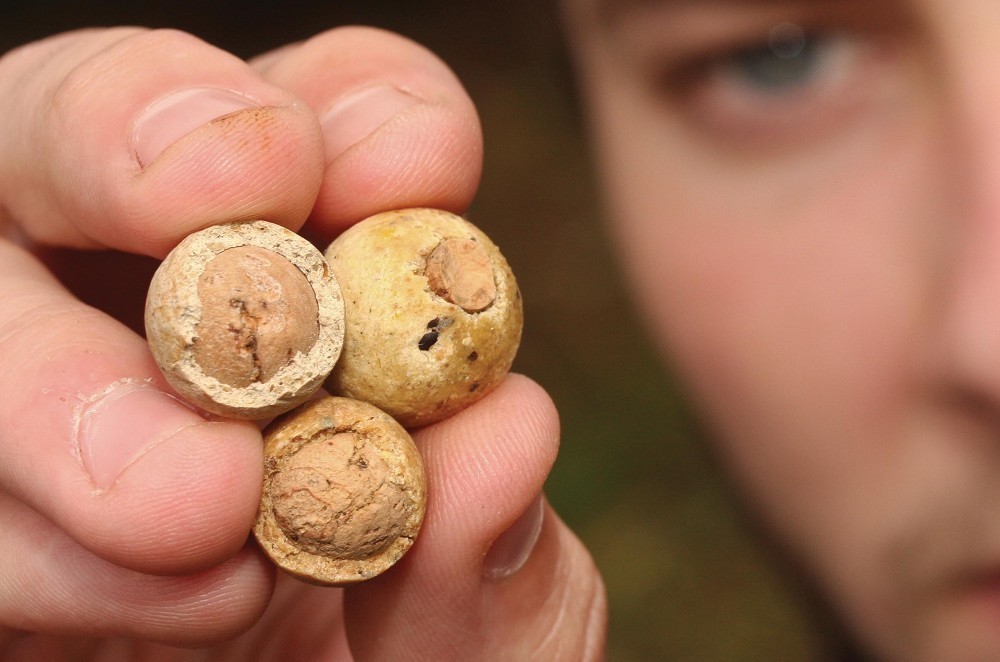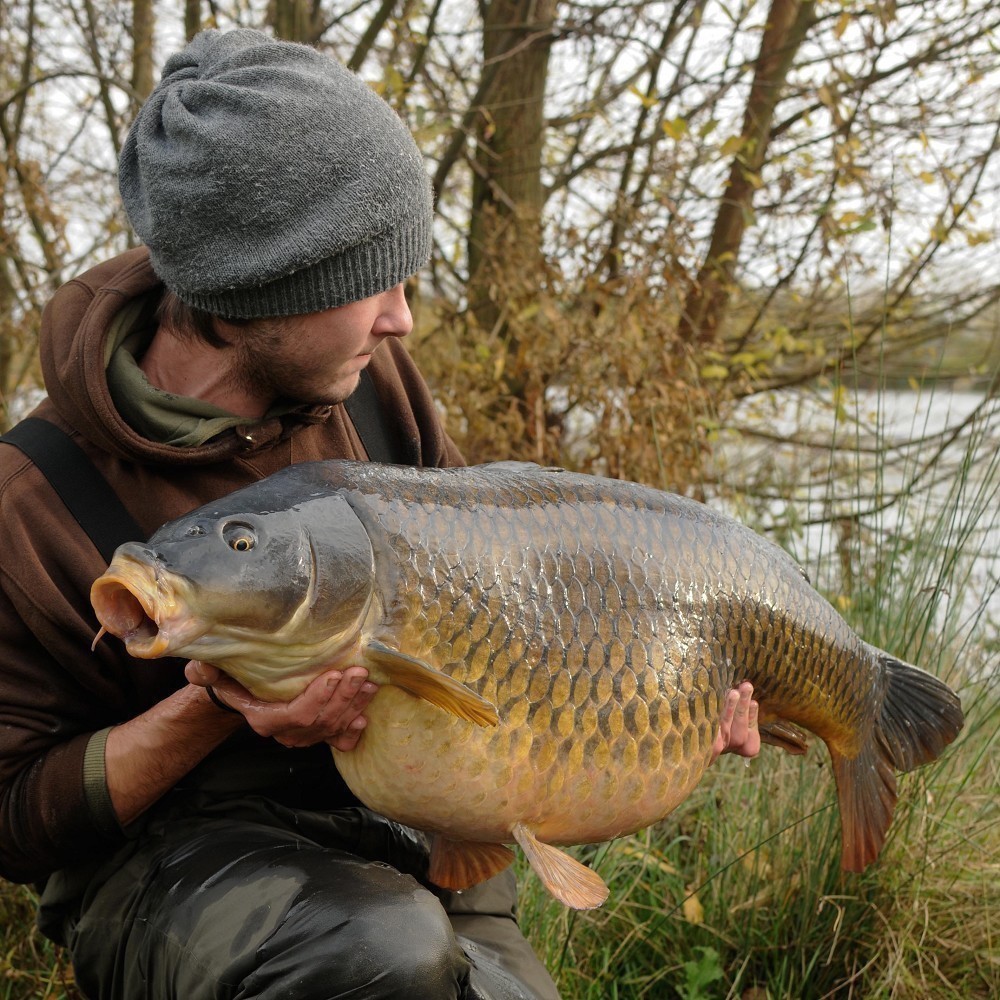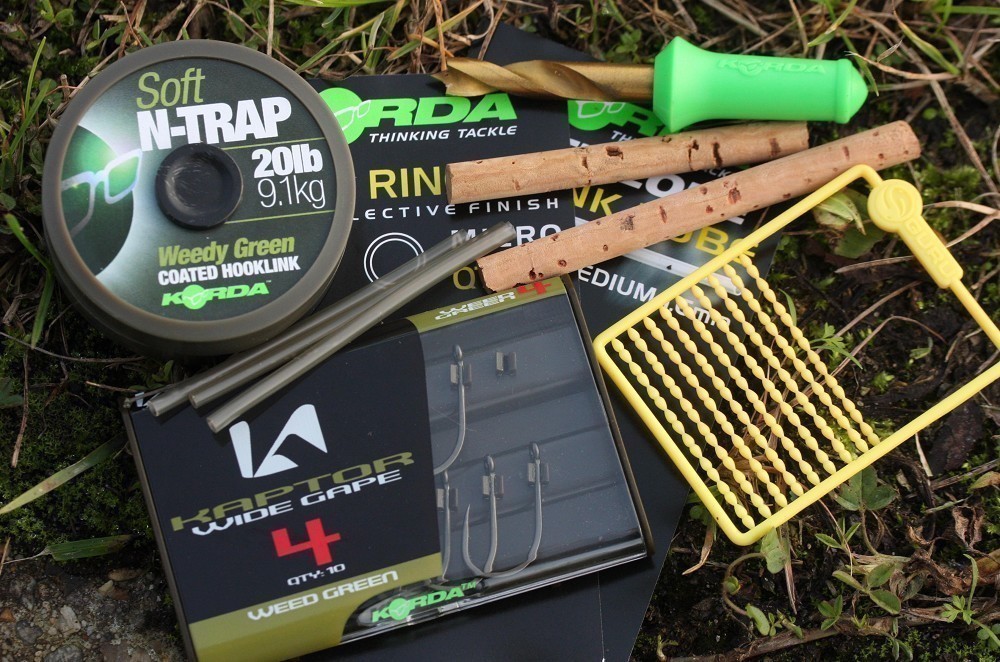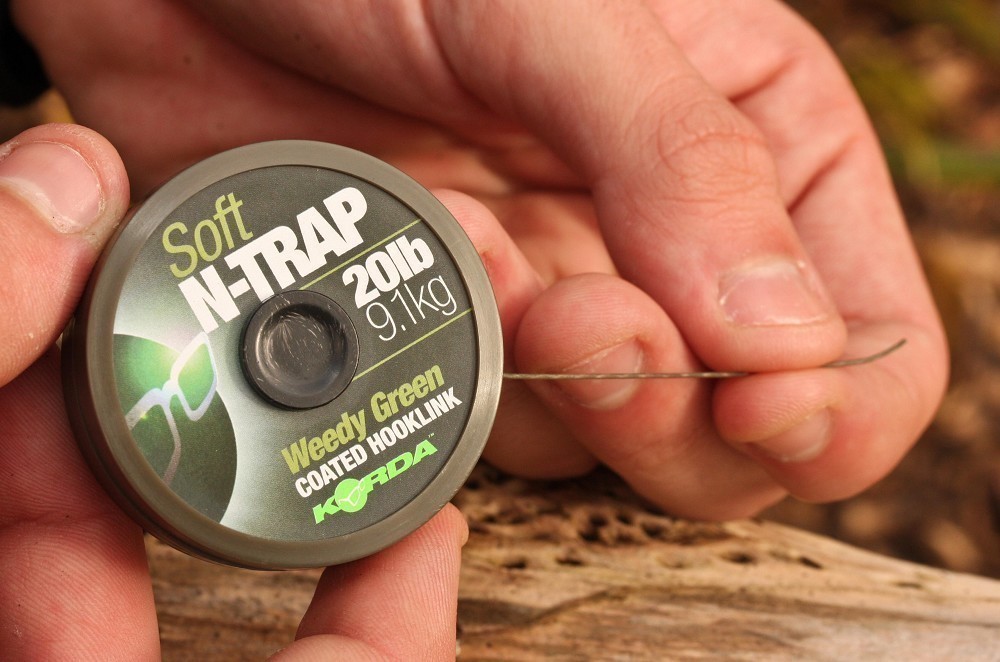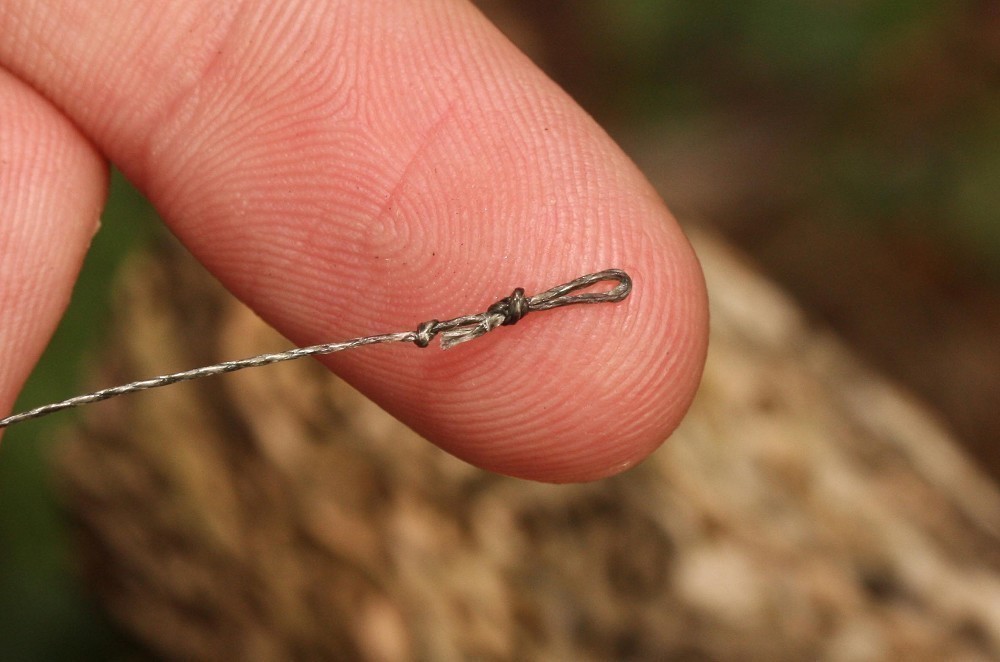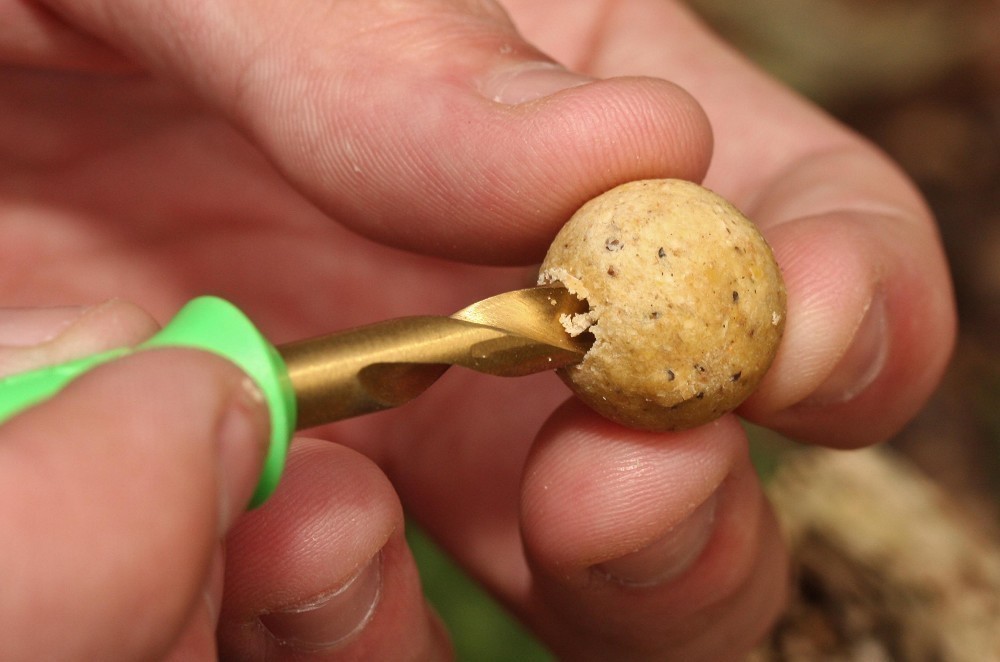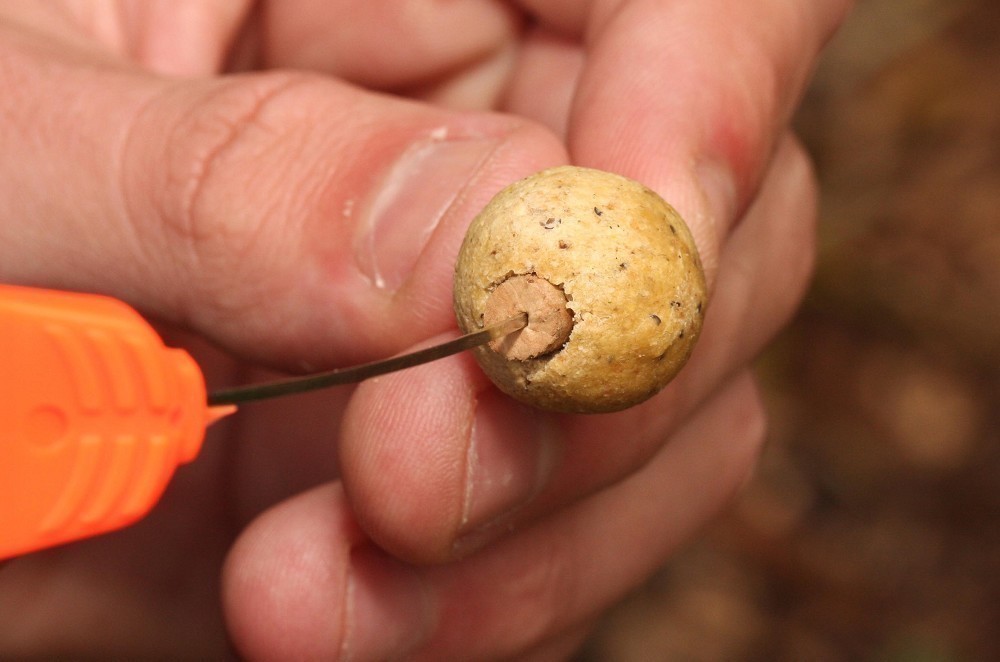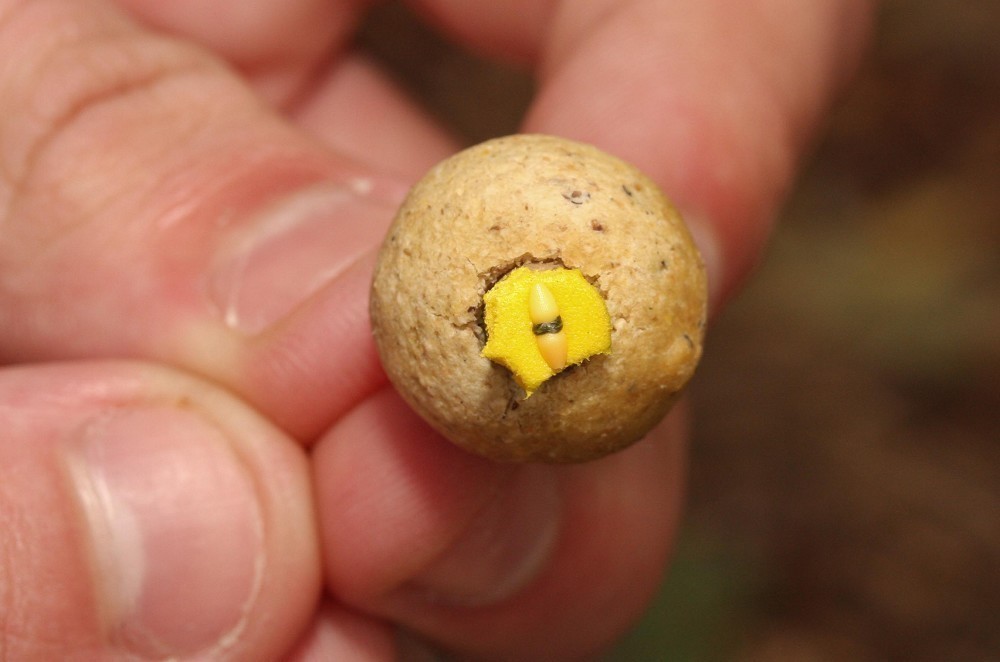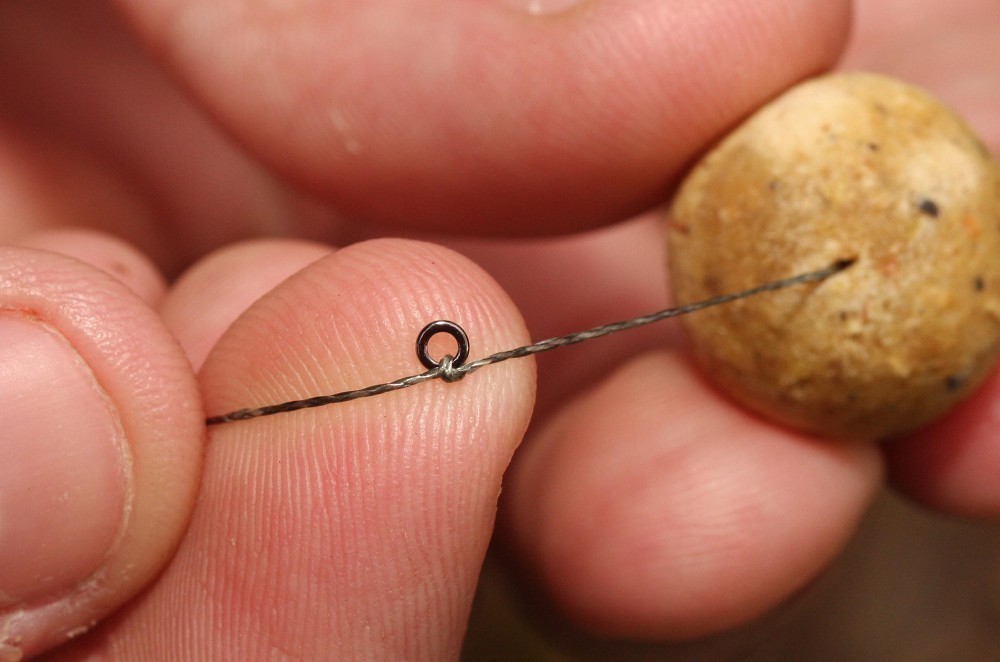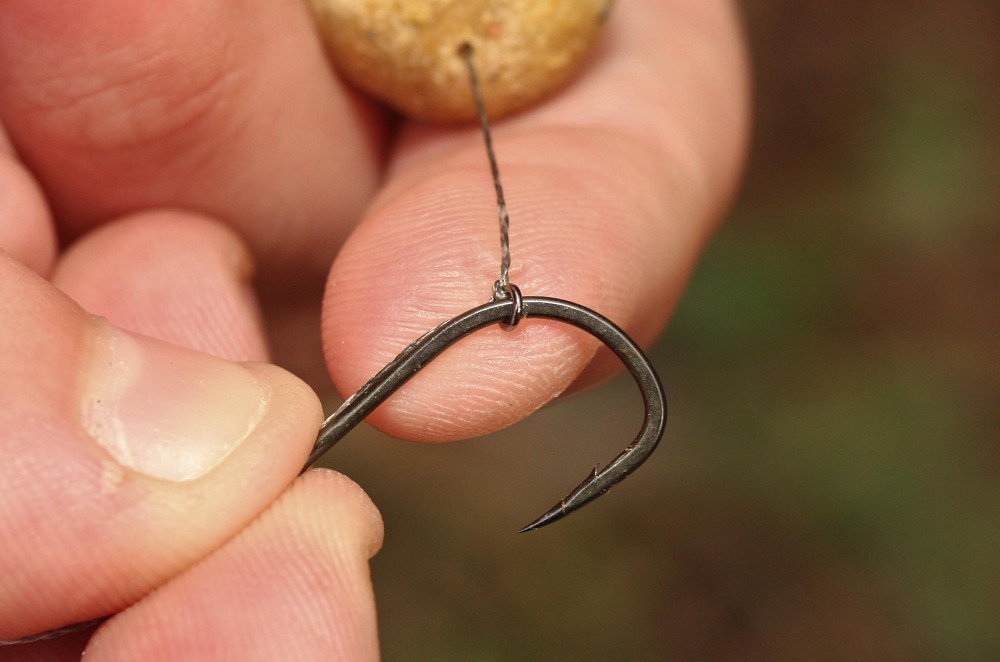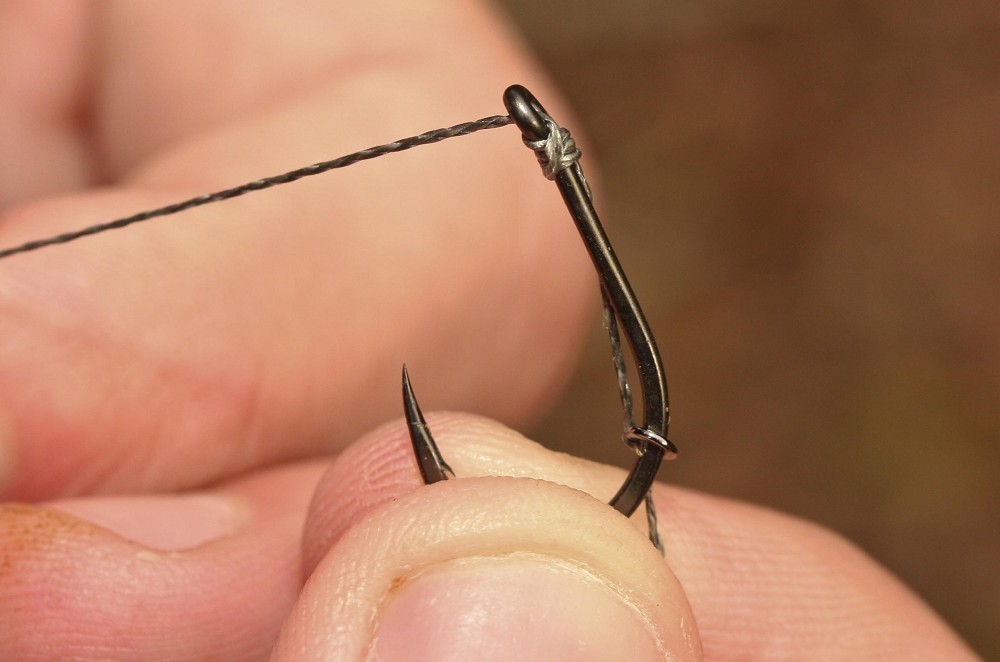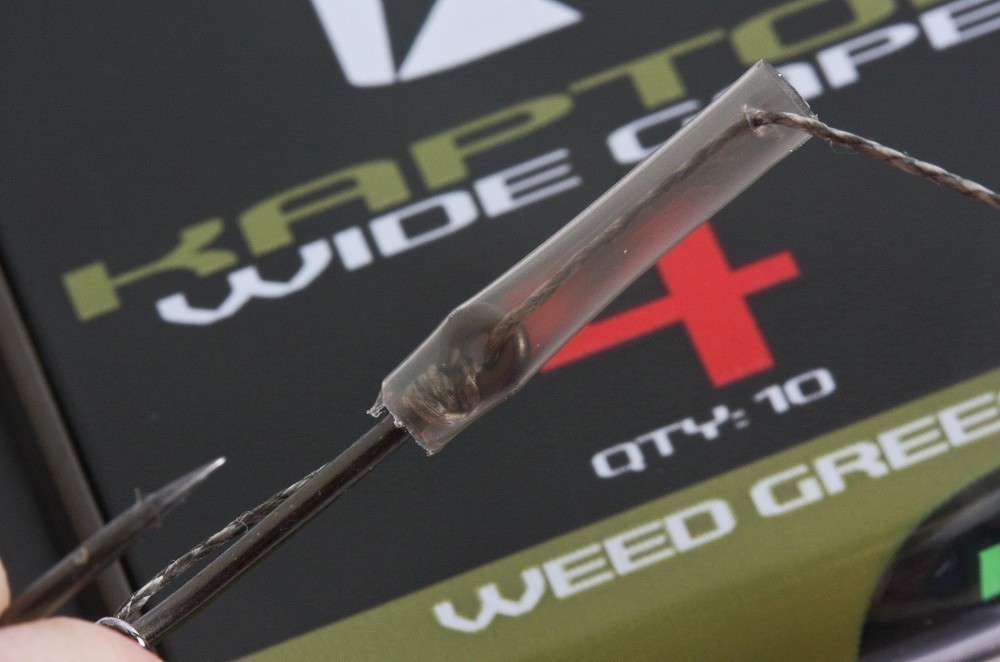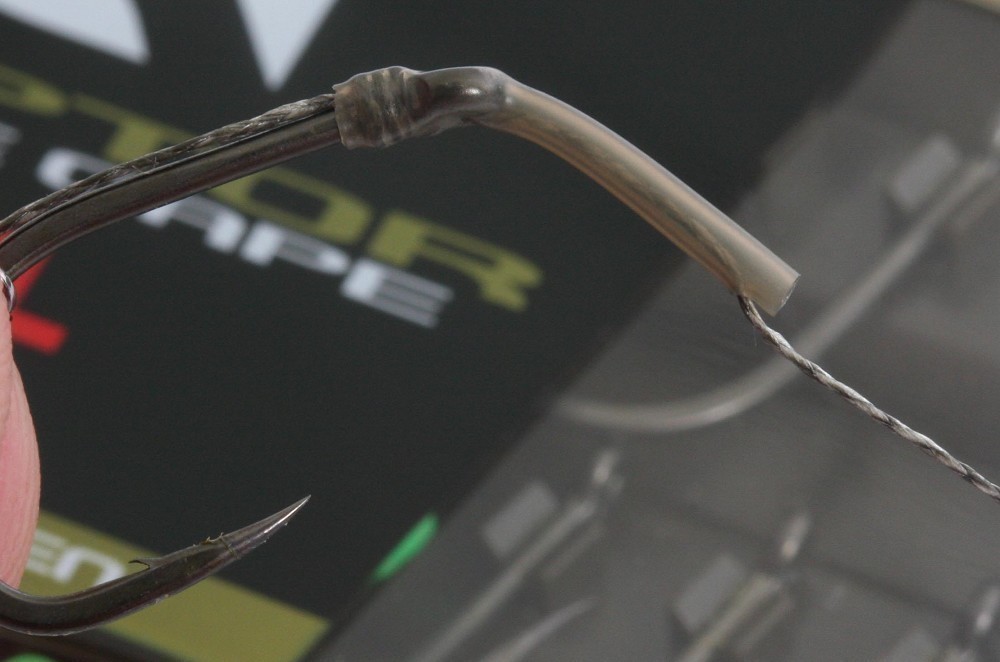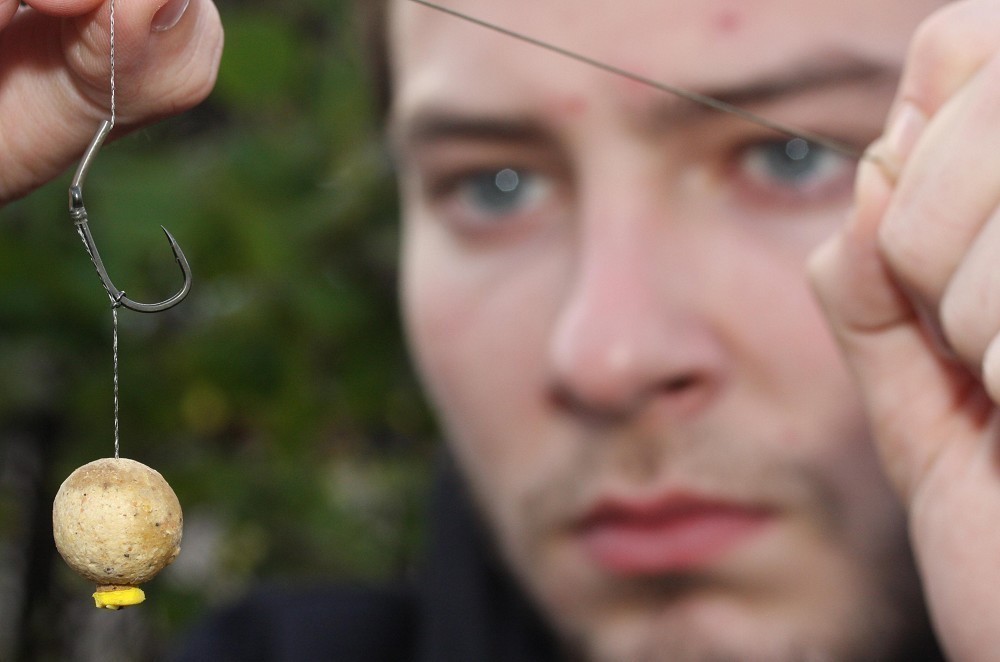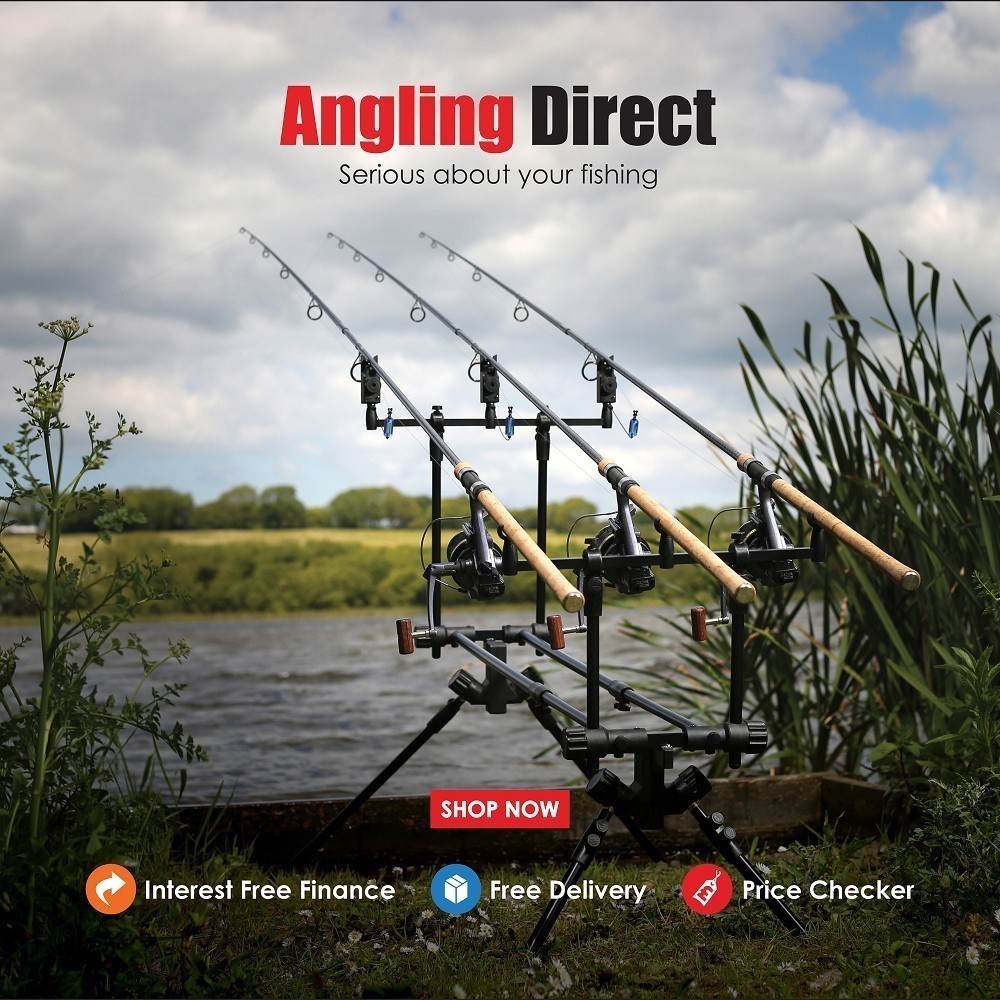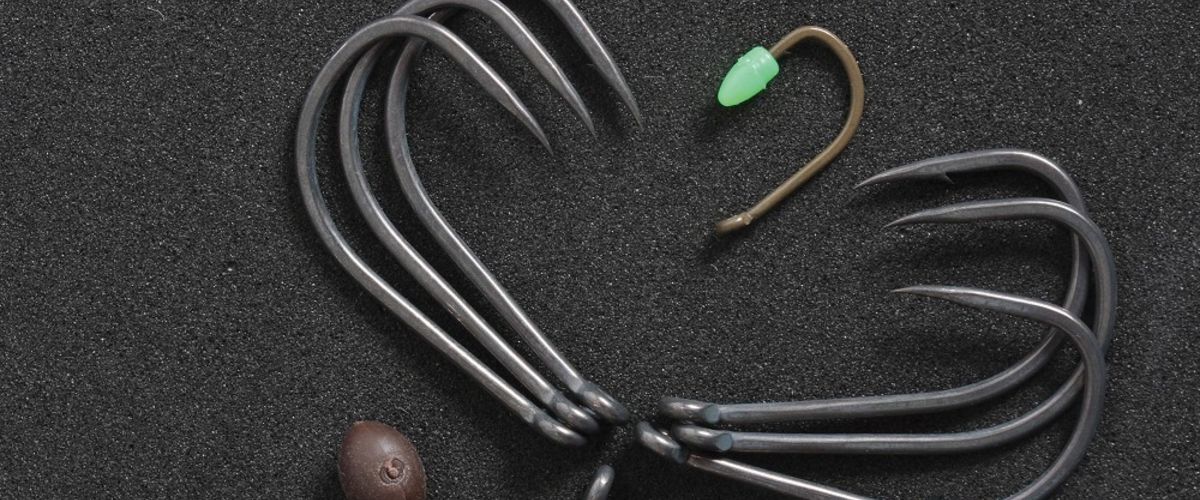
Go big and never lose another fish
Why big hooks are better than small ones (even in winter) according to big fish angler, Elliott Gray
The use of big hooks is something I have always been pulled up on. Whether it’s to ask why I use them or just to tell me I shouldn’t use them because, “They’re too crude”, it is often the topic of conversation.
There is reasoning behind the use of the hooks I employ. It’s not to get more bites or single out bigger fish, it’s nothing like that. From my experience they just don’t fall off, very rarely anyway.
When I first started out fishing as a kid I used size 10’s all the time, my opinion had followed through from the ‘tiddler bashing’ I did. My opinion was that the smaller the hook, the more bites I would achieve. This seemed apparent when I took the leap into carp fishing, I would always get plenty of bites. As a youngster, being new to the sport, I would just take things as they came, there was no meticulous analysis after every session. My trips ended when I left the lake.
As I grew older, the meticulousness began to take a firm hold in my fishing and I began to take things more seriously. It seemed that if I was to get the most from my fishing then taking every little detail into account was vital. I also began to learn that experimentation was an important part of the puzzle, be it with bait, hooks, spots, lead arrangements or whatever. By experimenting with all sorts of different things and taking a careful mental note of your findings you can build a bigger picture, leading to more bites.
My rigs had always been pretty similar but there came a point where I realised I was getting plenty of bites, quite often more than others on the lake but I was also dropping a lot of fish. Just to clarify that, I wasn’t dropping carp onto the ground and down the gravel banks of the pits I was fishing, I mean I was suffering from lots of hook pulls, not causing lots of carp deaths.
It was around this time that I decided I would step my hook size up and my hook of choice now being a size 6 Korda Longshank-X or Kamazan B745 Carp Specialist. These hooks were deadly patterns and I caught loads of fish using them, but again I was dropping fish, which made me wonder if it was just an unavoidable problem I would always suffer with. Further analysis of my rigs and hook pattern lead me to believe that even though the longshank is possibly the best pattern for obtaining bites, it also lends itself to hook pulls. The natural shape of this hook means it can basically be unhooked by the lead. If the eye is protruding past the bottom lip of the carp then the lead can simply bounce or turn it out. This combination of hook pattern and in-line lead arrangement clearly wasn’t ideal if I wanted to land every carp I hooked.
My first target fish I ever set out to capture was in fact landed on a size 6 Longshank-X, but it came amongst a real bundle of highs and lows. In a matter of days I hooked over 75 fish, unfortunately I landed just 51 of those fish. This sounds great, but on paper I lost one in three of my bites, an average I was eager to change. It was just lucky for me that the big girl was part of the group I landed. I now believe that the smaller longshanks are the better ones, these don’t fall out as often, in my opinion due to the fact they don’t protrude the bottom lip so much.
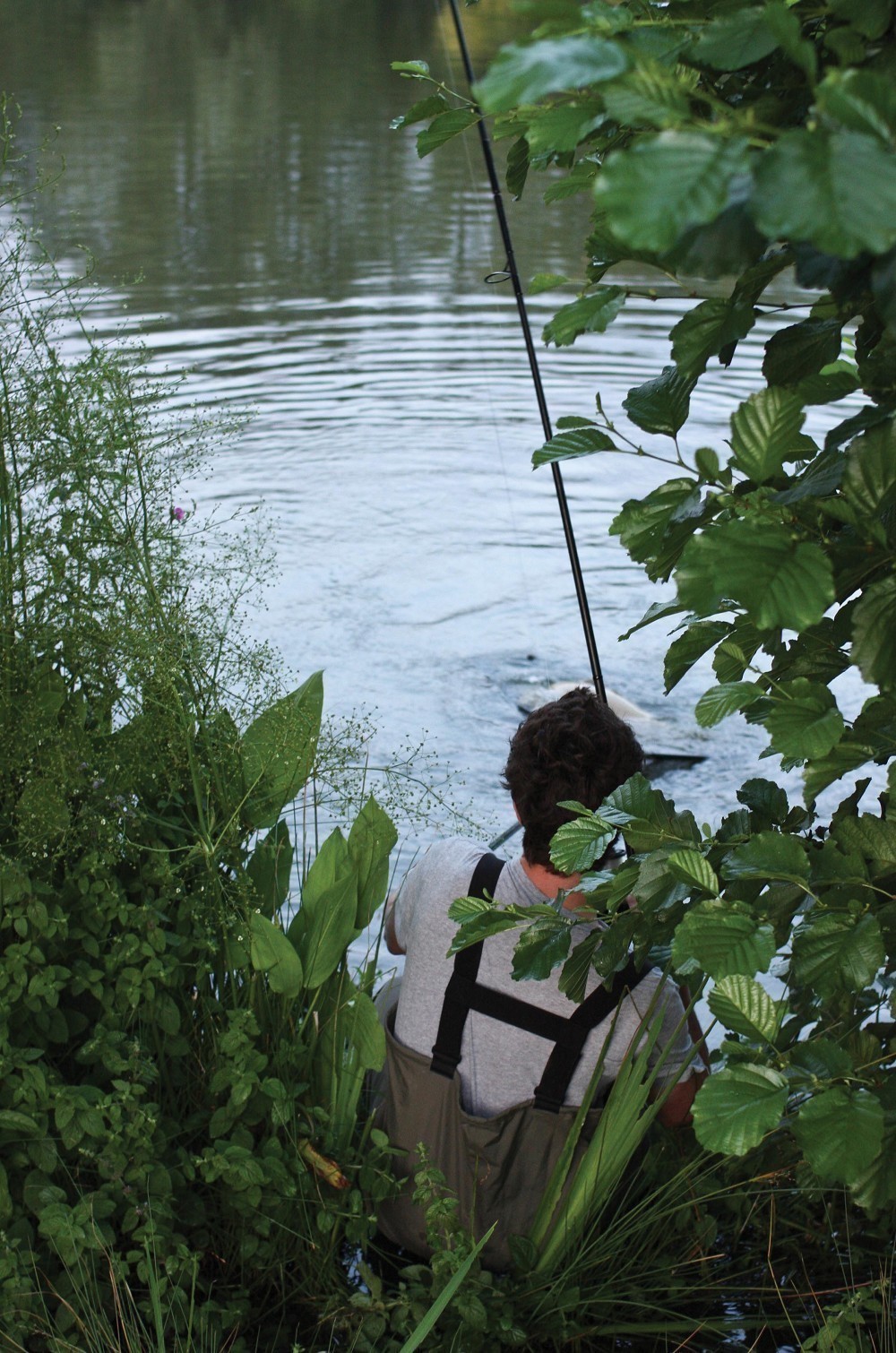 Elliott has every ounce of faith in his hooking arrangements and in hairy situations you need reliable kit
Elliott has every ounce of faith in his hooking arrangements and in hairy situations you need reliable kitAnyway, after this successful but improvable session I began to think a change of tactic was needed. My first port of call was to be size 6 Wide Gapes and a running lead arrangement. This change brought immediate improvements and I began to land a much higher percentage of the fish I hooked. The size of the gape but short shank was immediately something I liked and the placement of my hook holds alone was something to smile about. They were instantly deeper hooked and just from looking I could tell I was onto something.
The Wide Gape hooks looked much nicer in the palm of my hand than the longshanks and it was the gape itself that I liked, the point was always going to be buried much deeper. I kept my rigs the same, with the tubing and rig rings but just used Wide Gapes instead of longshanks. I believed, and I still do, that the rig rings and tubing do help to improve hook holds, in fact, I’m certain of this.
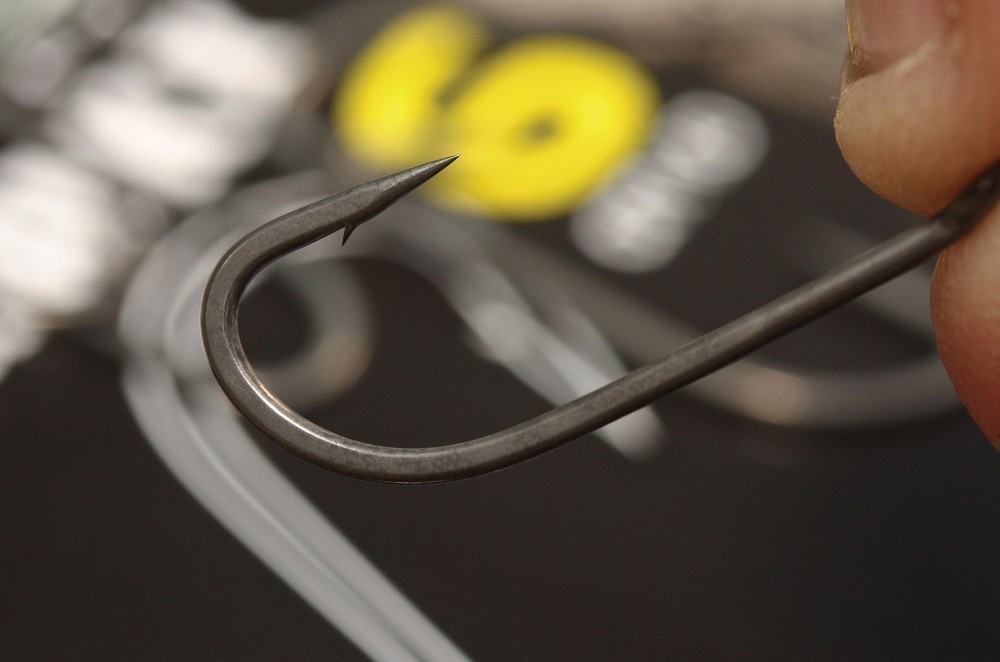 The ultimate in getting bites but a little risky when targeting one particular carp in Elliott’s opinion
The ultimate in getting bites but a little risky when targeting one particular carp in Elliott’s opinionA change of events
From this point onwards, I have used Wide Gape style hooks in either a size four, six or eight. Ninety-nine-percent of the time I use a six or four but there have been a few times where I have used an eight, more so a few years back. These days I use a six or four with everything really, pop-ups, bottoms, you name it. I will use an eight or even a ten but not on a lake where I have a target fish. If I’m fishing somewhere for a bit of fun I’ll use a smaller hook and not worry so much but if I’m there for a specific carp then it’s big hooks all the way.
I now fish in a way that may differ from a lot of people, some may say it’s wrong, others will agree with my way of thought but it’s just my way. When I join a lake, I join for one reason and that is one specific carp. I don’t fish lakes rammed with big ’uns and I don’t join to go there and catch them all. I want to catch my target fish, I want to catch it quickly and then nine-times-out-of-ten I won’t go back after that day. This is quite a narrow-minded way to angle I know, but it’s just how I fish.
With this style of fishing as your forte you need to be 1,000,000% confident in your approach, from hook to reel. The hook is the most important part; it’s the hook that is the difference between hooking a fish, landing a fish or not landing a fish. I need to be certain that the hook I am using is sharp enough and in my opinion, big and strong enough to leave me in no doubt it won’t fall out unless something very strange happens. I believe I get this from a big hook, combined with either my bottom bait presentation or my pop-up arrangements.
Personally I believe that hook size plays a big part in my hooked to landed ratio, which is high. Since I have employed the use of big hooks I believe I certainly land more fish than I used to, in fact, I know I land more than I used to. I remember one year I landed 51 out of 58 bites from my syndicate water. Amongst the seven fish I lost, four were on Zig or floater gear, two were one after the other on small hooks (my floater hooks) between going to the shop to buy another pack of large hooks and the other was a genuine hook pull. This is about as good as it gets in my opinion. The big hooks let me down once in 52 bites.
I would say I use large hooks regardless of the pattern, in all fairness though I don’t use any other patterns than the Wide Gape or Choddy hooks these days. I have had a very little go with the Kurv Shanks and I used them in a size 4 with good results, but really though, I just like the wide gape style patterns. The depth of penetration a big hook with a wide gape gives you is a great aspect to have with your rigs, the deeper that point is buried, the better.
I use long Hairs in comparison to most, so to me the hook never seems unbalanced against the bait, it’s never actually sat next to it. I also fish with balanced bottom baits; every time I cast one out it is buoyant in one way or another. This helps the fish take the whole lot up into its mouth and is quite an important part of the rig.
The buoyancy aspect also applies to my pop-up rig (obviously) and this is where I really do have no fear of hook size: it’s hidden by the bait. From above you can only make out a little bit of the hook and I really don’t think carp are looking for hooks anyway; it’s your line concealment that is the issue. The only way a carp is sussing how big my hook is will be by taking into its mouth and by then its game over anyway, touch wood.
I even use big hooks when surface fishing, but again, this is dictated by whether I am fishing for a target fish. I will happily use a size eight hook when surface fishing for a 40lber but if I’m just somewhere for the crack then I’ll use a size 10 or 12. I think floater fishing is the only time that your hook can really spook fish for you. I hope this makes sense?
It just works
I honestly don’t think hook size matters as far as spooking fish goes. I’m fishing for big carp at the end of the day and a size 4, to them, is nothing. The big hook might deter smaller fish on occasion but I doubt it, I’ve caught loads of small fish on big hooks and long Hairs or big hooks and four-inch Chods. If it does actually deter the small ones and I’m not realising, then in reality I’m happy with that, it’s more time in the water waiting for the big ’un.
The change of autumn to winter always sees people scaling down, this isn’t for me, it’s big fish time and the last thing I’m doing is lightening my tackle down. I might change to a fluorocarbon main line, because line concealment is something I worry about, and I might even do away with the leadcore but I certainly won’t drop my hook size.
I have no issues whatsoever with using a big hook and a very small bait and I have on many occasions. My maggot rig for example consists of a size 6 Wide Gape and a single fake maggot along the shank. Crude? Not in my opinion. The more hook the better.
I have five main rigs that I will use for my fishing: a bottom bait with a long Hair, a Chod, a Stiff Hinged Link, my maggot rig or a Withy Pool Rig. During the warmer months the first three come into play while the carp are feeding energetically. During the colder months though, when they feed differently, I will use my maggot rig or a Withy. Why? The maggot rig is used because I like using maggots in winter, simple as that. The Withy is used because I’ve always fished 10mm pop-ups on a Withy rather than a Stiff Hinged Link in winter and the Withy is a bit more aggressive in the way that it turns, that’s all.
All of my rigs incorporate one thing, something that I doubt will ever change, something that I have ultimate faith in, something I have results to prove its worth, something that I rarely see others use and something I think more people should use. That is a nice big lump of metal, or in simplest terms, a big hook.





